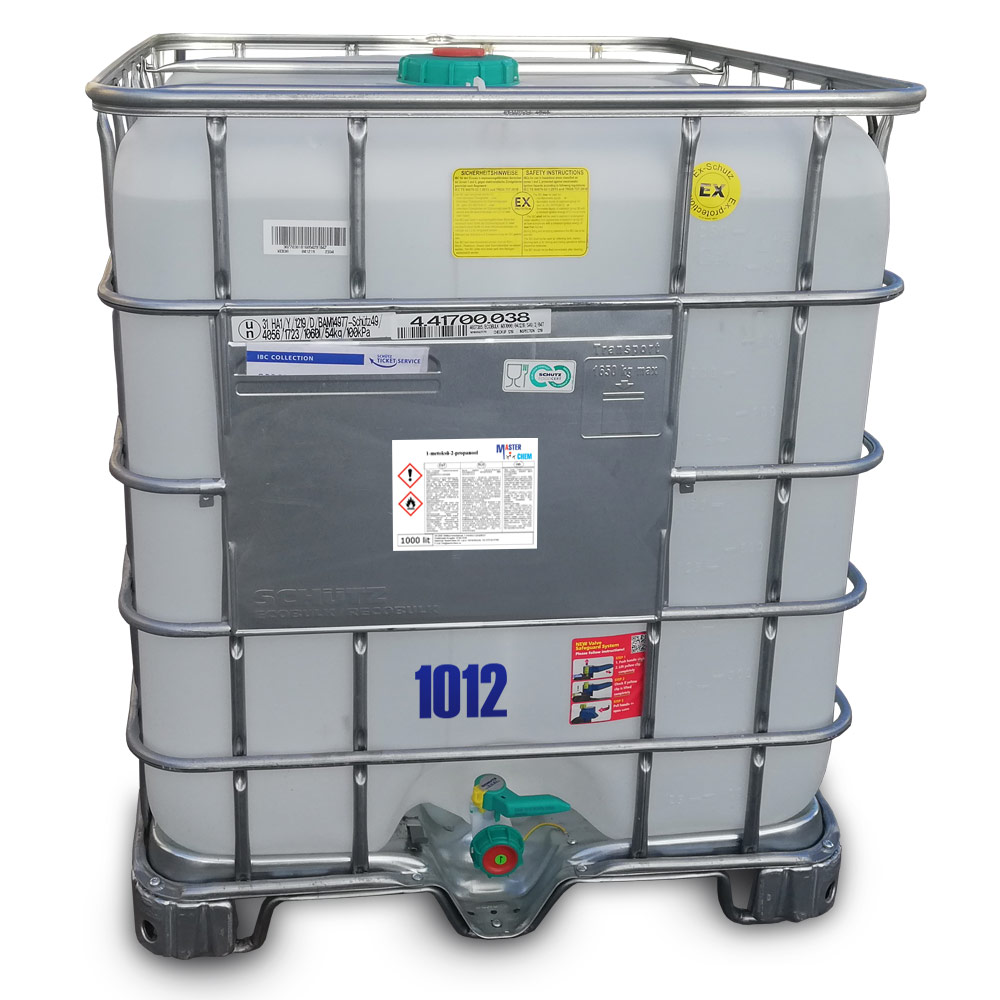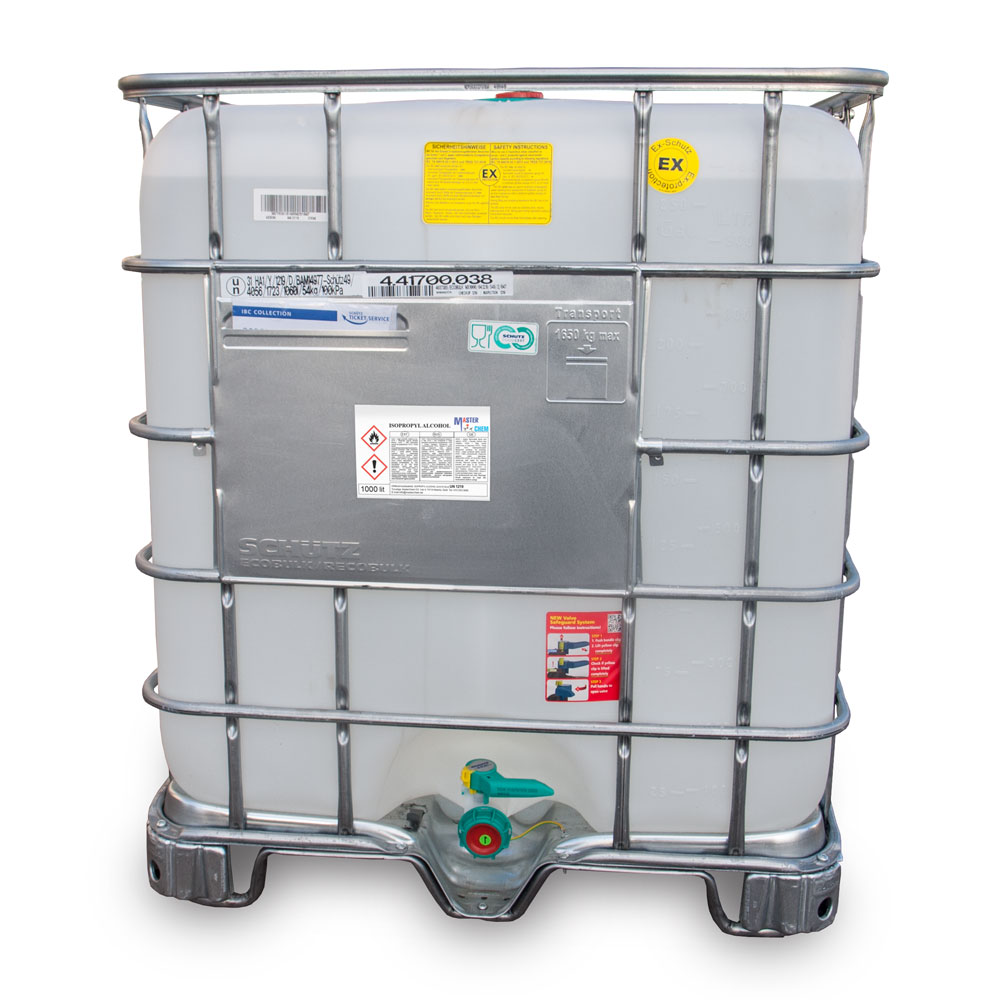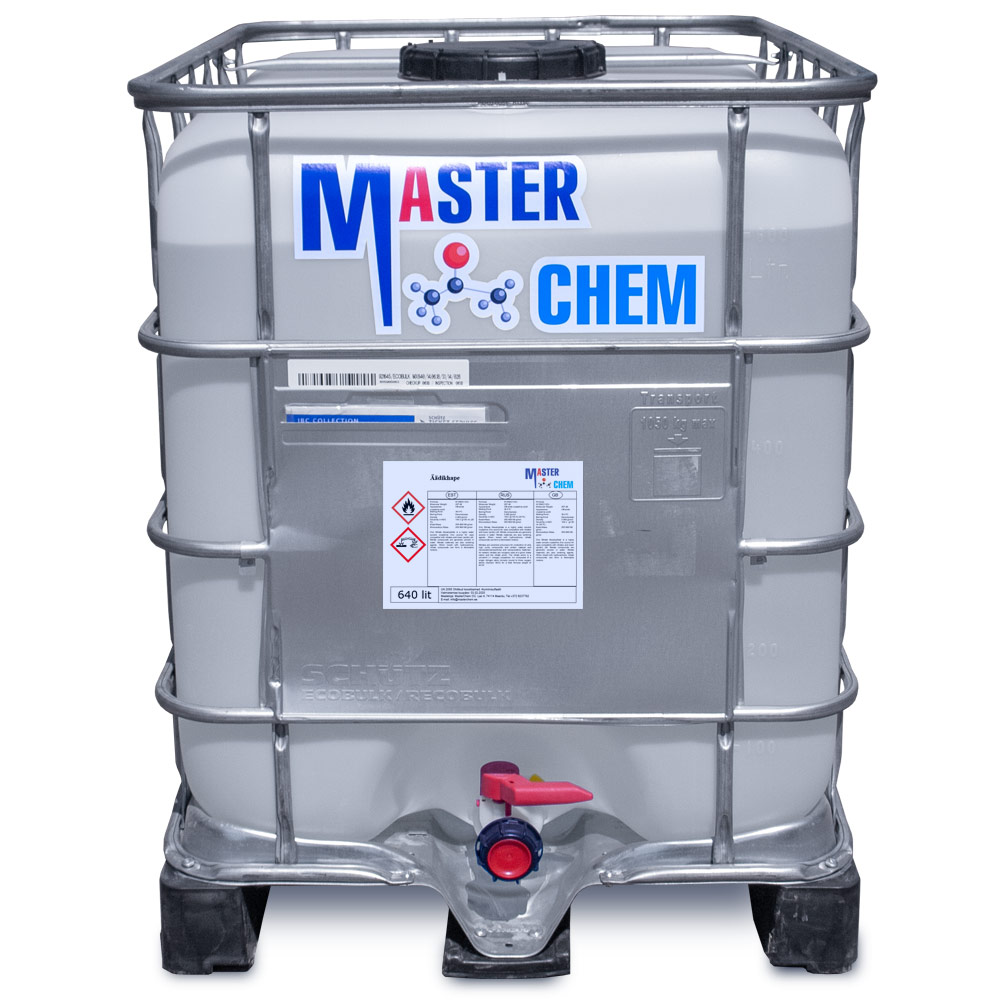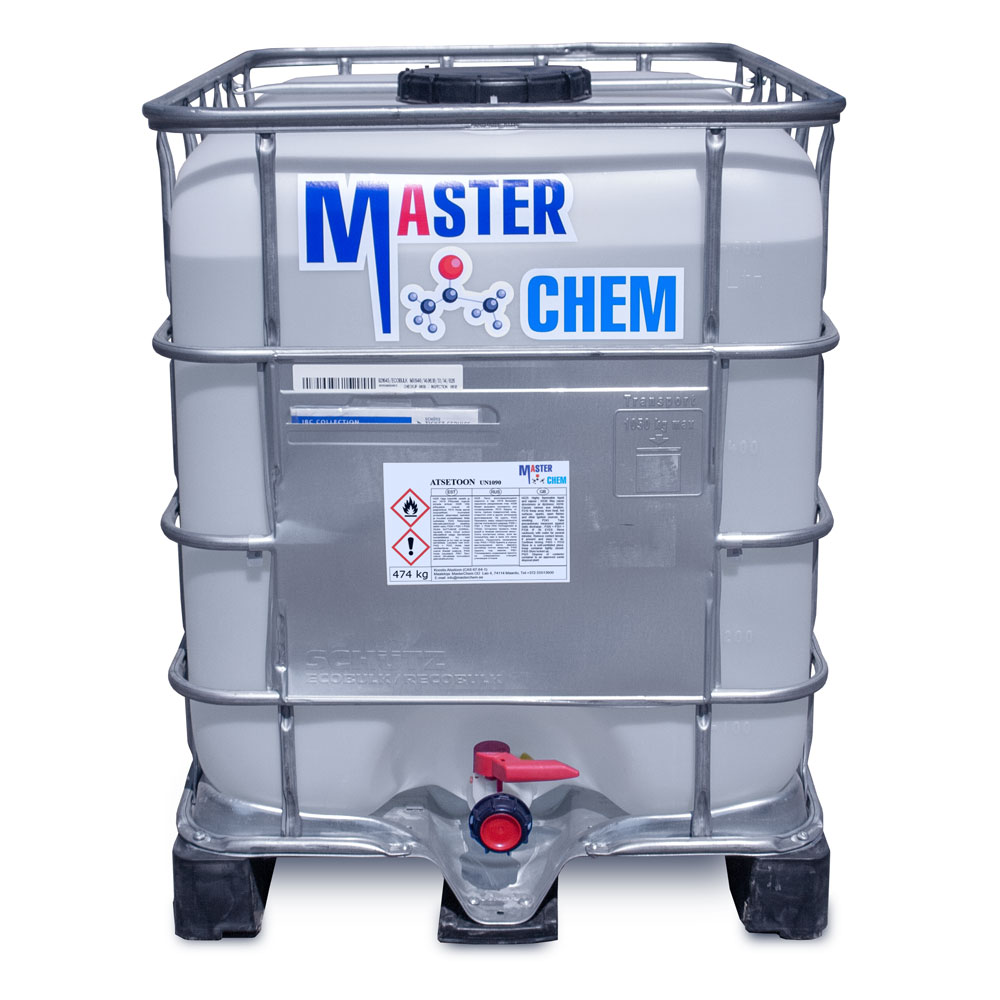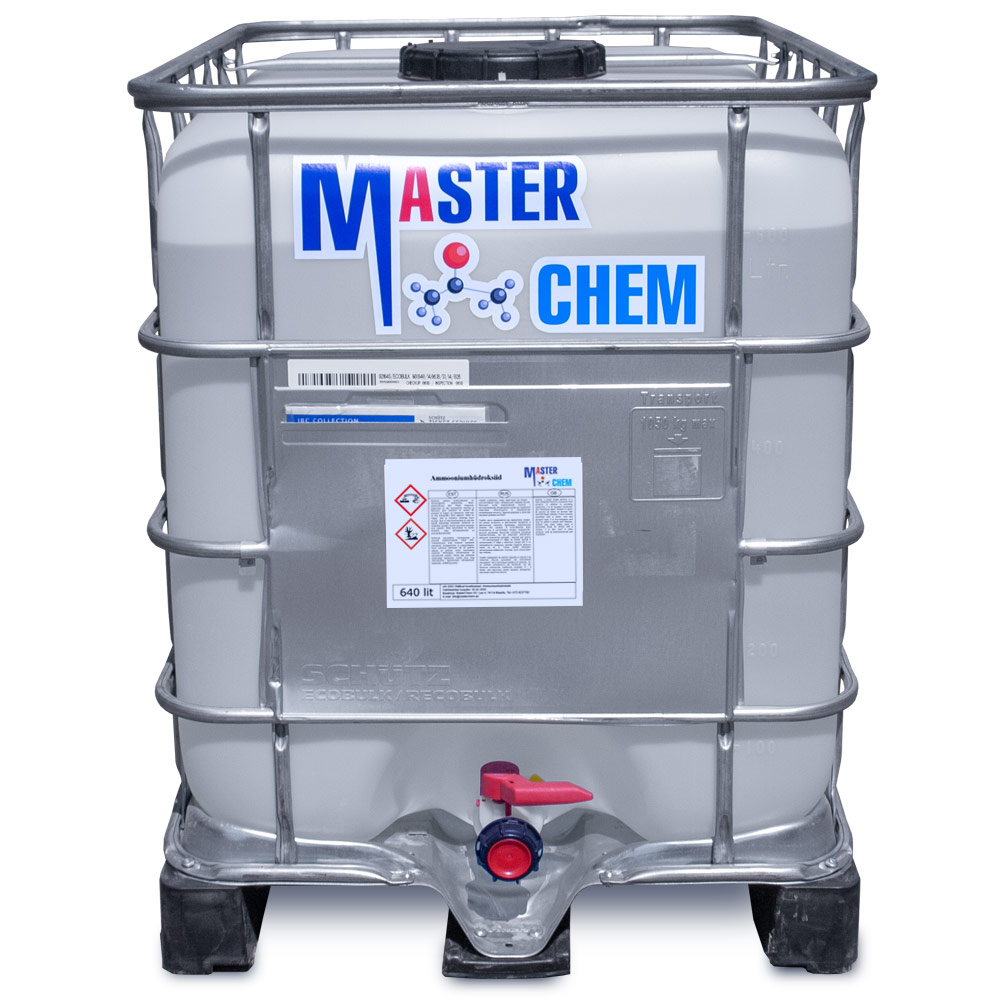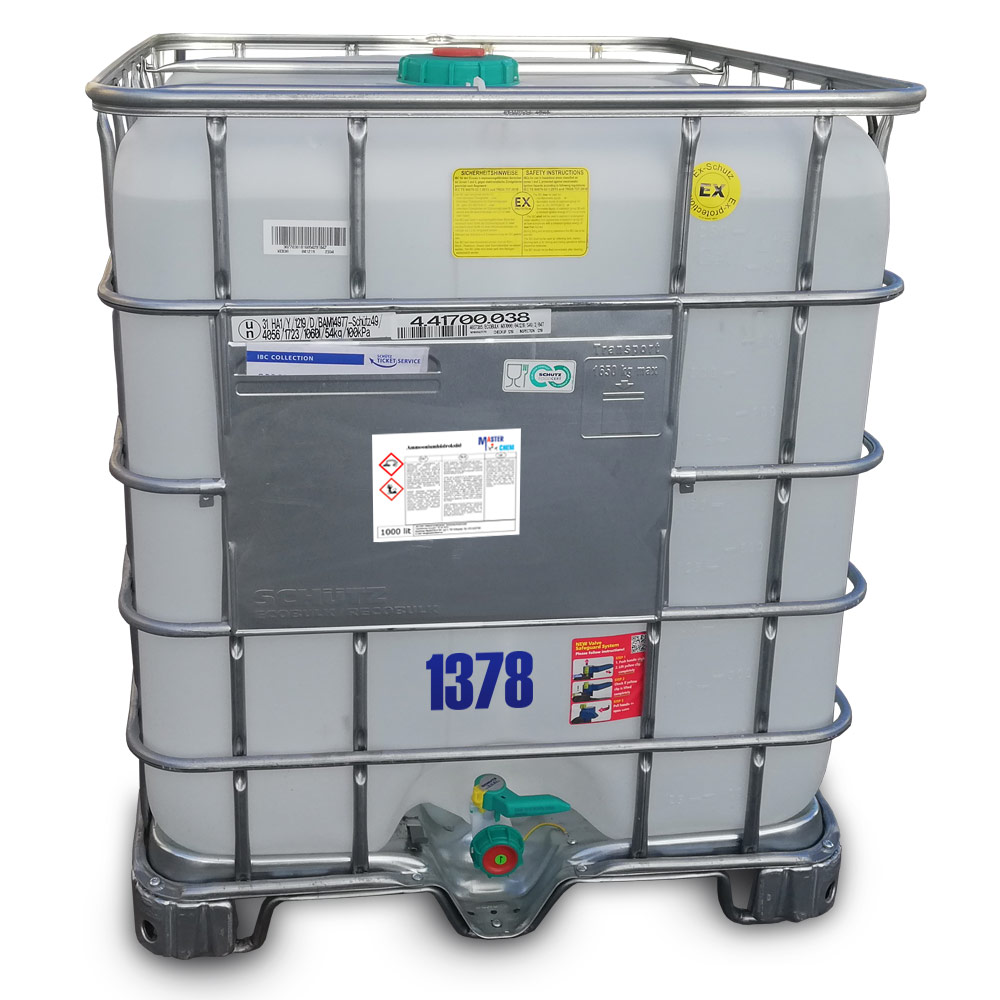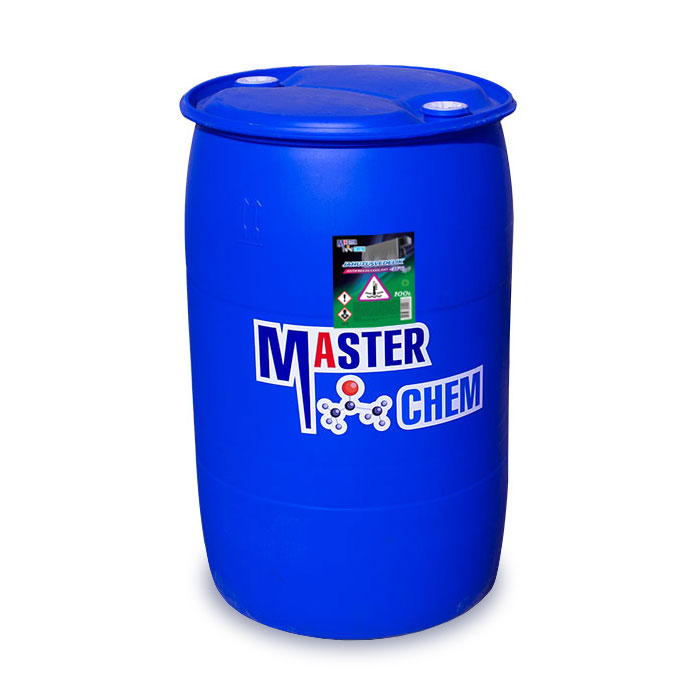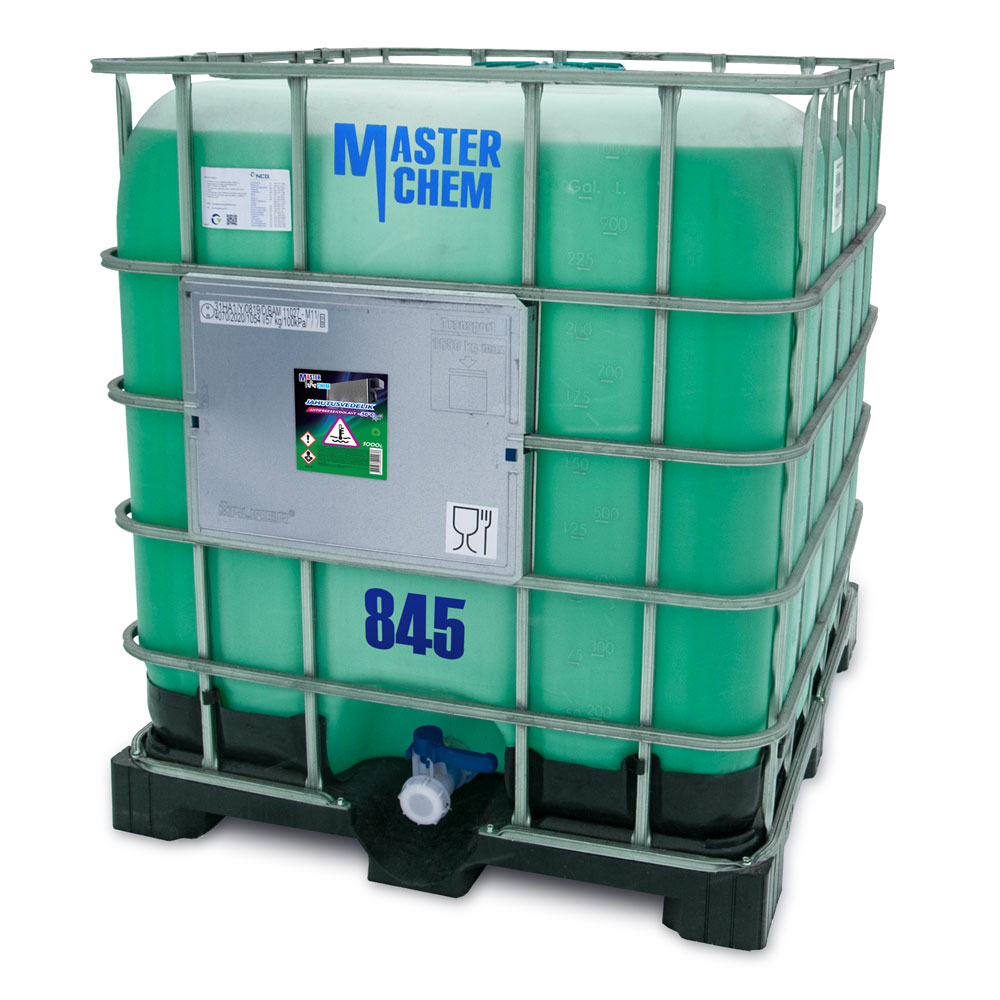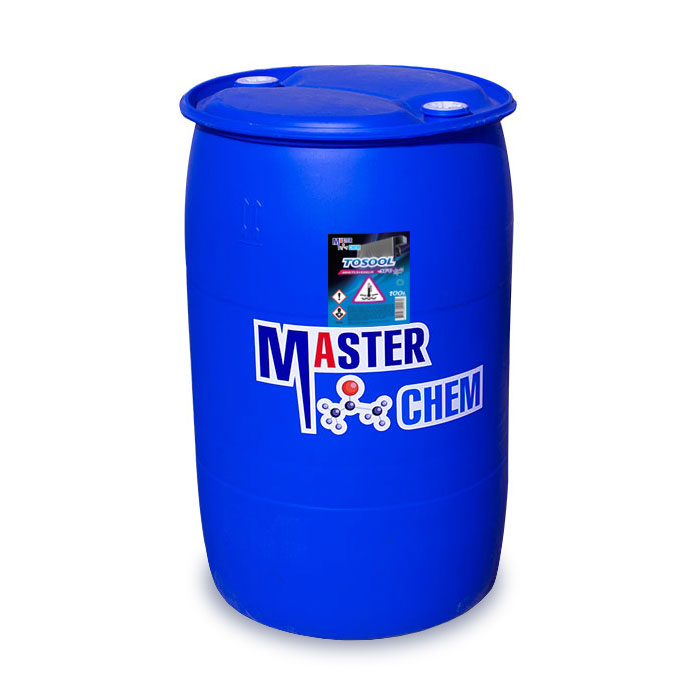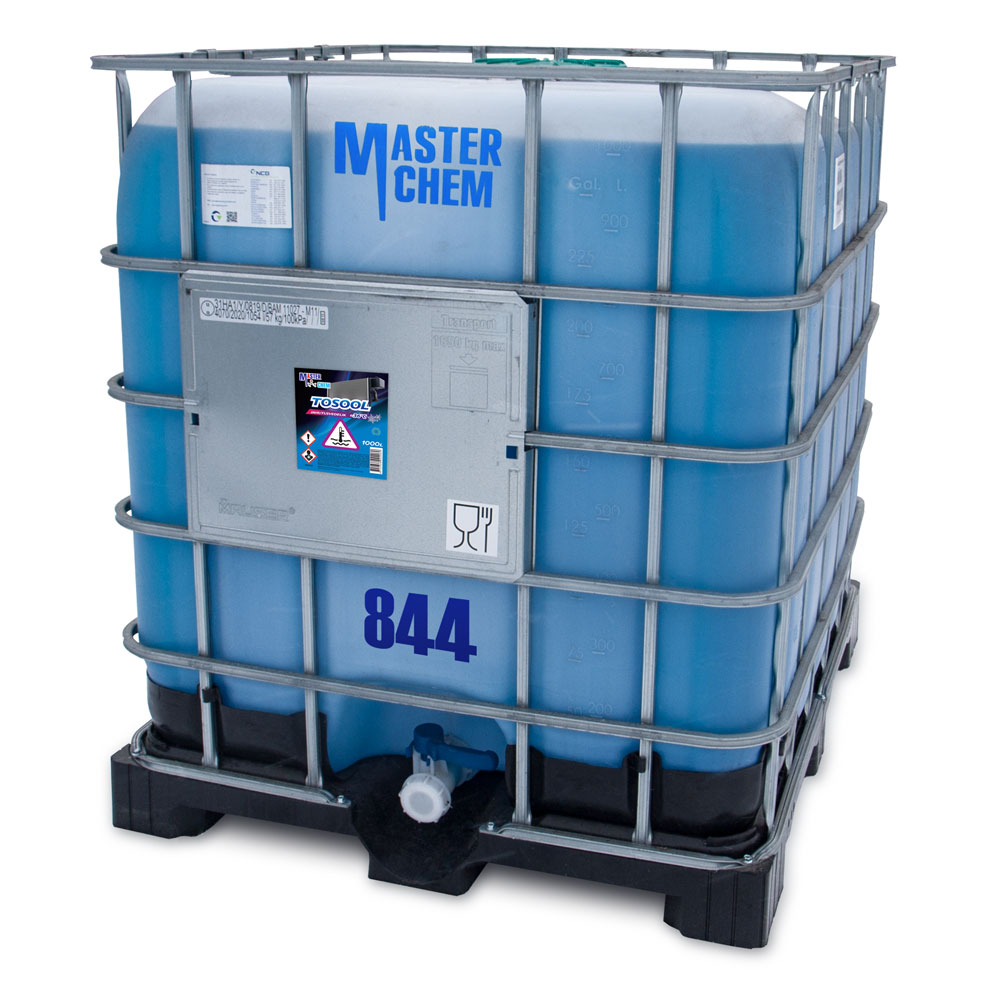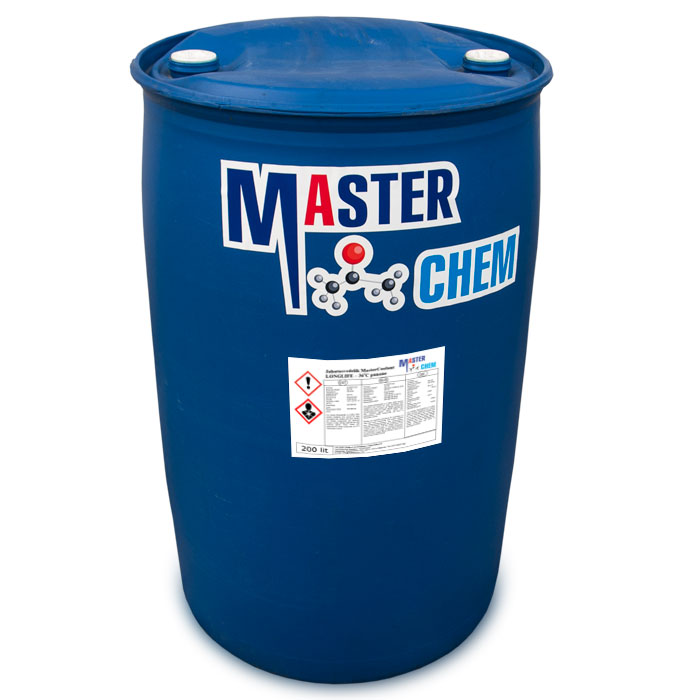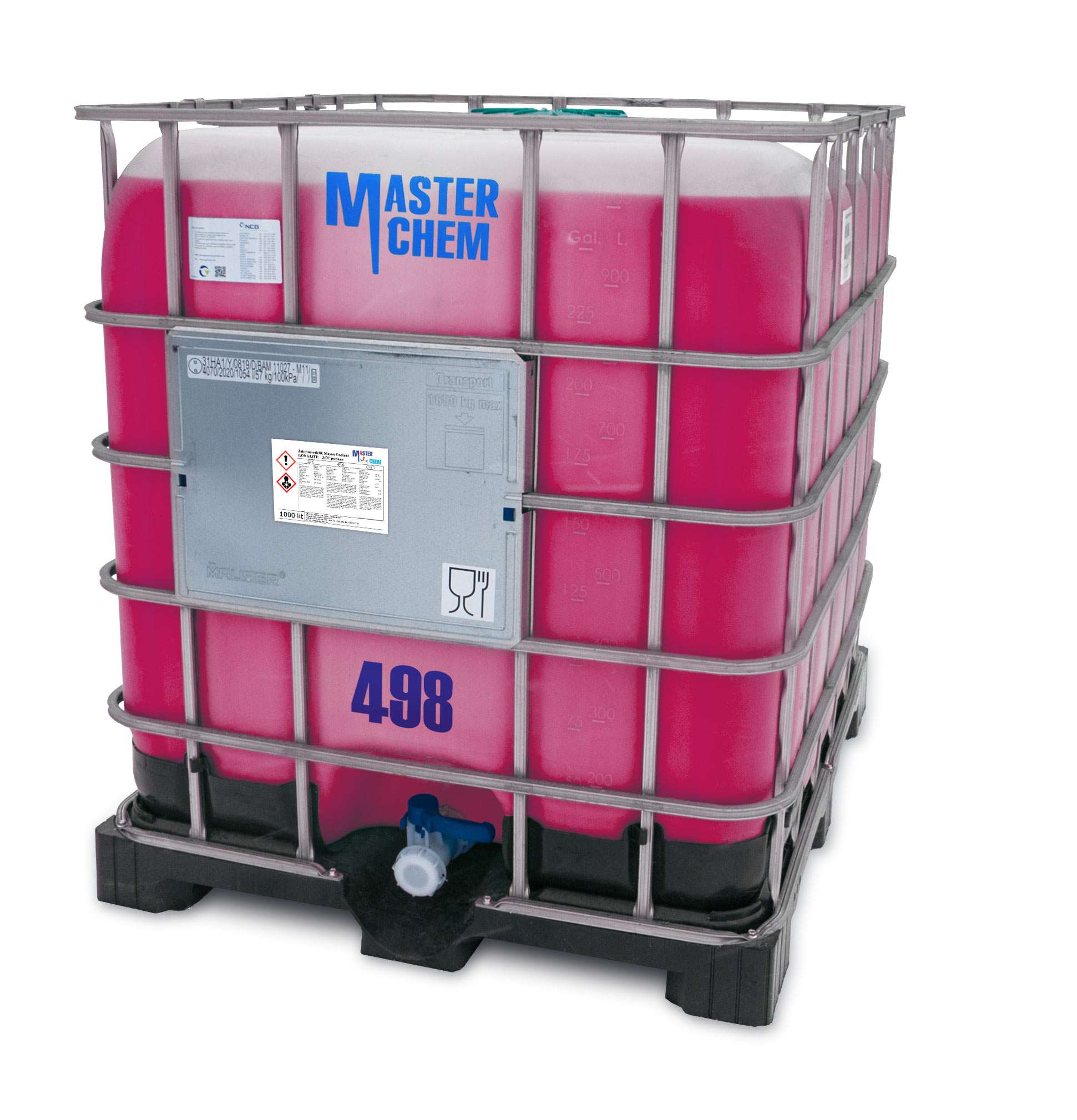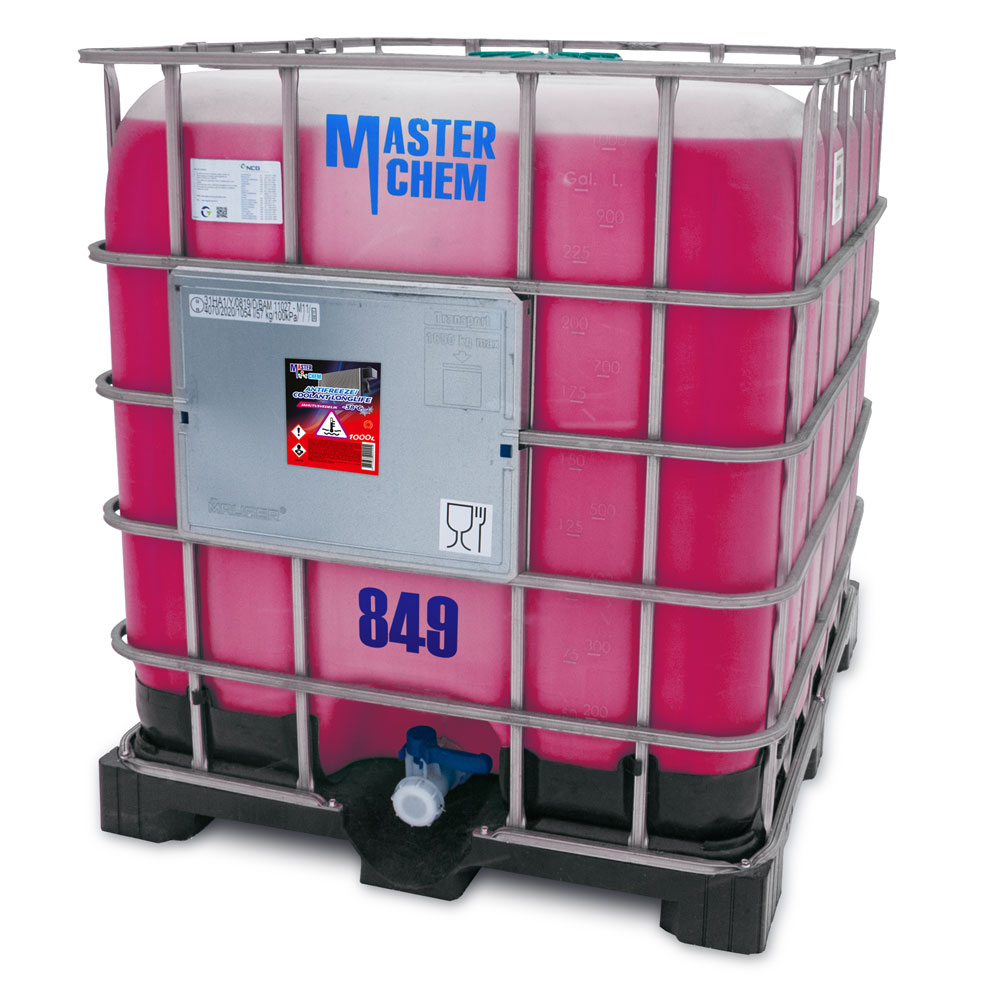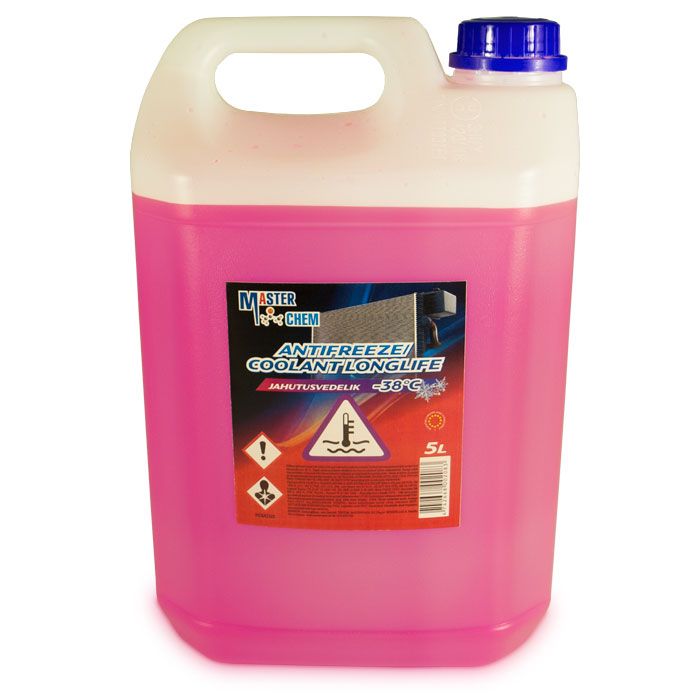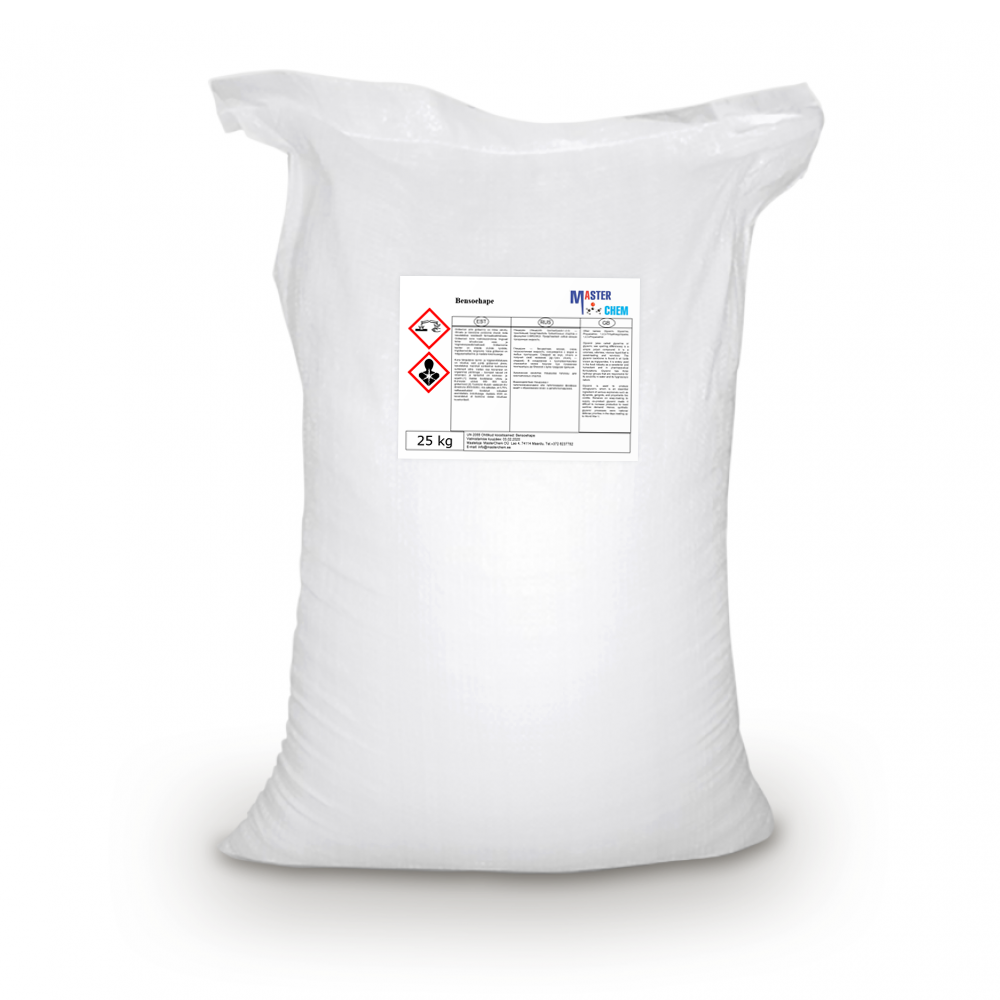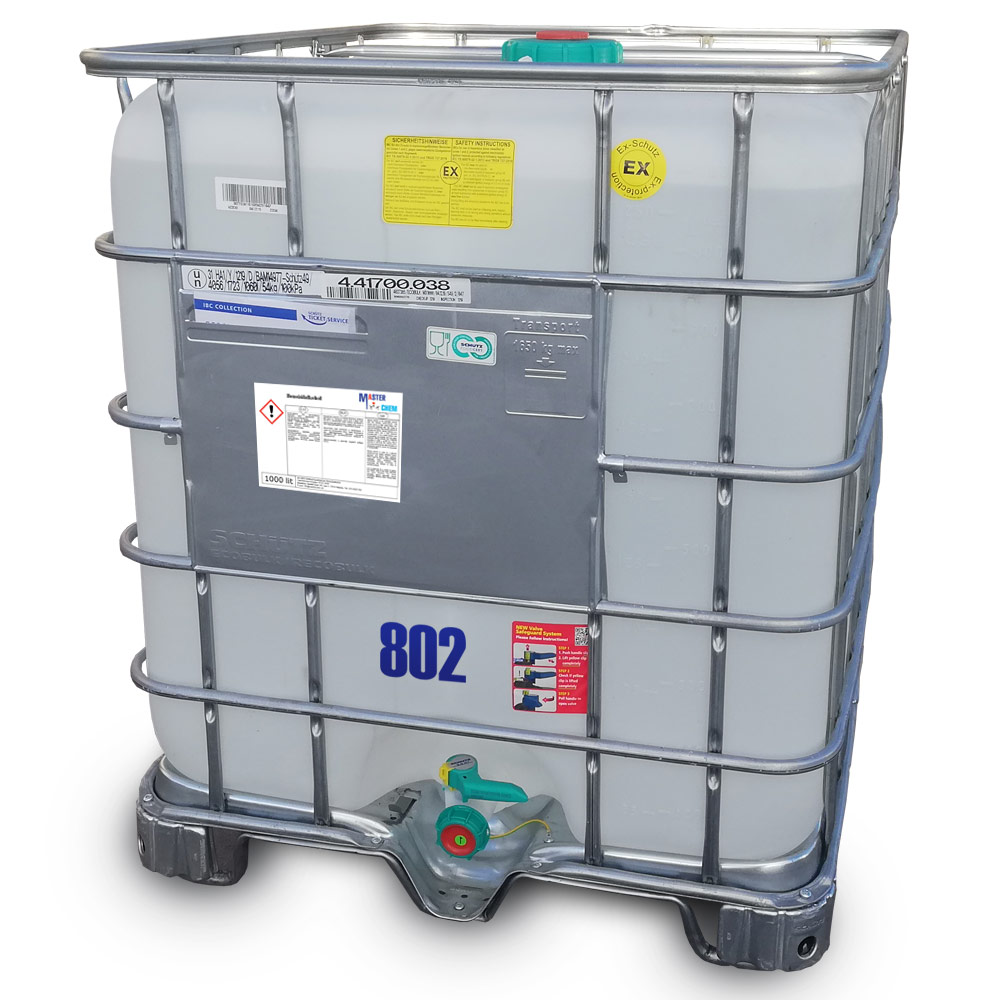Currently Empty: €0.00
1-Methoxy-2-propanol (CAS 107-98-2)
Other names: 1-methoxy-2-propanol, methoxypropanol, propylene glycol monomethyl ether
Description:
Methoxypropanol is a colorless, water-miscible liquid with a mild alcohol smell and medium volatility. Methoxypropanol mixes well with water and other organic solvents, dissolves many organic substances well, methoxypropanol can act as a substitute for many glycols (E-series).
Methoxypropanol is used as a solvent for printing inks: it provides good solubility for a wide range of resins, including acrylic, epoxy, alkyd, polyester, nitrocellulose and polyurethane.
CAS: 107-98-2
Acetic Acid 50% (CAS 64-19-7)
Acetic Acid 50% (CAS 64-19-7)
Acetic acid, systematically named ethanoic acid, is an acidic, colourless liquid and organic compound with the chemical formula CH3COOH (also written as CH3CO2H, C2H4O2, or HC2H3O2). Vinegar is no less than 4% acetic acid by volume, making acetic acid the main component of vinegar apart from water and other trace elements.
Acetic acid is the second simplest carboxylic acid (after formic acid). It is an important chemical reagent and industrial chemical, used primarily in the production of cellulose acetate for photographic film, polyvinyl acetate for wood glue, and synthetic fibres and fabrics. In households, diluted acetic acid is often used in descaling agents. In the food industry, acetic acid is controlled by the food additive code E260 as an acidity regulator and as a condiment. In biochemistry, the acetyl group, derived from acetic acid, is fundamental to all forms of life. When bound to coenzyme A, it is central to the metabolism of carbohydrates and fats.
Acetic acid is a chemical reagent for the production of chemical compounds. The largest single use of acetic acid is in the production of vinyl acetate monomer, closely followed by acetic anhydride and ester production. The volume of acetic acid used in vinegar is comparatively small.
Ammonia solution (CAS 1336-21-6)
Ammonia solution (CAS 1336-21-6)
Ammonia solution, also known as ammonia water, ammonium hydroxide, ammoniacal liquor, ammonia liquor, aqua ammonia, aqueous ammonia, or (inaccurately) ammonia, is a solution of ammonia in water. It can be denoted by the symbols NH3(aq). Although the name ammonium hydroxide suggests an alkali with composition [NH4+][OH−], it is actually impossible to isolate samples of NH4OH. The ions NH4+ and OH− do not account for a significant fraction of the total amount of ammonia except in extremely dilute solutions.
Diluted (1–3%) ammonia is also an ingredient of numerous cleaning agents, including many window cleaning formulas. Because aqueous ammonia is a gas dissolved in water, as the water evaporates from a window, the gas evaporates also, leaving the window streak-free.
In addition to use as an ingredient in cleansers with other cleansing ingredients, ammonia in water is also sold as a cleaning agent by itself, usually labeled as simply “ammonia”. It may be sold plain, lemon-scented (and typically colored yellow), or pine-scented (green). Commonly available ammonia with soap added is known as “cloudy ammonia”.
Antifreeze -36°C Green
Ready-to-use ethylene glycol-based coolant for all gasoline and diesel engine cooling systems. Also suitable as a working fluid for heat exchangers at low and medium temperatures. Ensures proper engine operation, frost and corrosion protection. Freezing temperature up to -36 ° C. Service life in cooling system 2-3 years. Exceeds most European and international standards, including: ASTM В3306, BS 6580 (1992), AFNOR NF R15-601, SAE J1034.
Antifreeze Specification (TDS)
- Ethylene glycol 35%
- Ethylene glycol 40%
- Ethylene glycol 50%
- Ethylene glycol 100%
Antifreeze / Coolant TOSOL -36°C Blue
Ready-to-use coolant for vehicles is intended for use in all types of modern cooling systems, as specified by the vehicle manufacturer. Protects the cooling system at temperatures above -36 ° C. Tosol can be used in combination with other coolants (made from ethylene glycol basil). Conforms to BS 6580 and ASTV 3306 standards.
Benzoic acid (CAS 65-85-0)
Benzoic acid (CAS 65-85-0)
Benzoic acid /bɛnˈzoʊ.ɪk/ is a white (or colorless) solid with the formula C6H5CO2H. It is the simplest aromatic carboxylic acid. The name is derived from gum benzoin, which was for a long time its only source. Benzoic acid occurs naturally in many plants and serves as an intermediate in the biosynthesis of many secondary metabolites. Salts of benzoic acid are used as food preservatives. Benzoic acid is an important precursor for the industrial synthesis of many other organic substances. The salts and esters of benzoic acid are known as benzoates.
Benzyl alcohol (CAS 100-51-6)
Benzyl alcohol is used as a general solvent for inks, waxes, shellacs, paints, lacquers, and epoxy resin coatings. Thus it can be used in paint strippers, especially when combined with compatible viscosity enhancers to encourage the mixture to cling to painted surfaces.
It is a precursor to a variety of esters and ethers, used in the soap, perfume, and flavor industries. E.g. benzyl benzoate, benzyl salicylate, benzyl cinnamate, dibenzyl ether, benzyl butyl phthalate.
It is also used in e-liquid for e-cigarettes to enhance the flavors used. When applied to damaged skin or mucous membranes at a 10% concentration, it acts as a local anesthetic and antimicrobial agent. It can be utilized as a degreaser in rug cleaning products. As a dye solvent, it enhances the process of dying wool, nylon, and leather. It also has use as a photographic film developer and as an insect repellent.
CAS: 100-51-6


